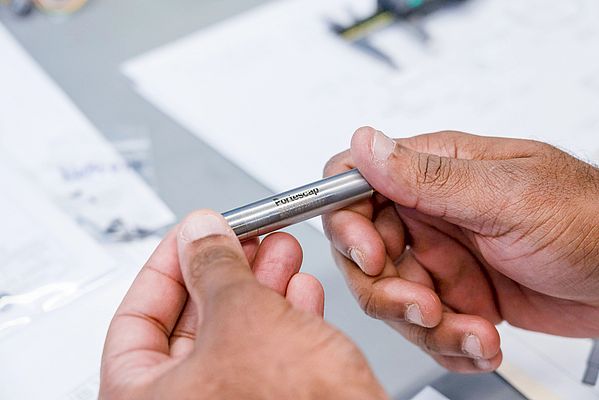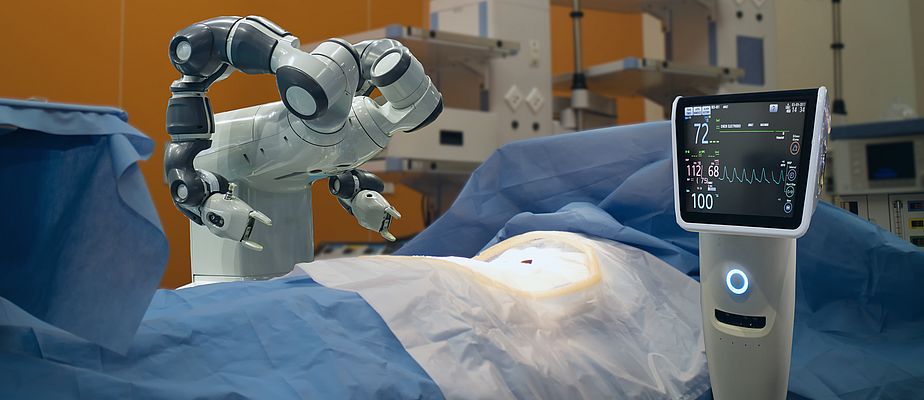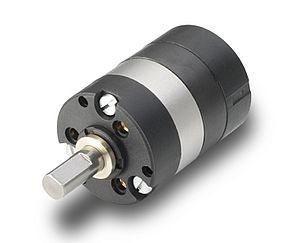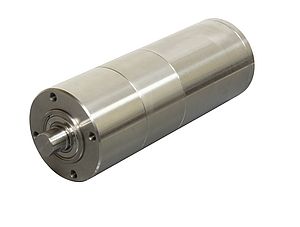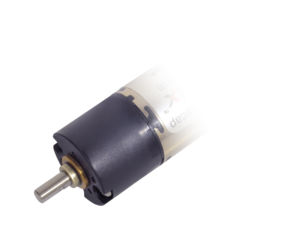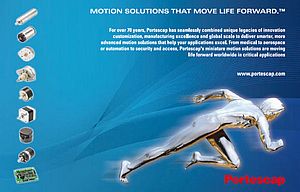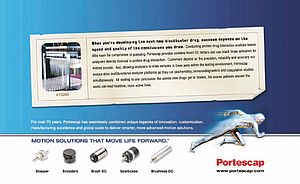Portescap. When operational life exceeds the duration allowable for testing, a systematic approach to Reliability Demonstration Testing (RDT) can provide OEMs with 95% certainty that the gearmotors will meet or exceed their required run time.
DC gearmotors are designed to meet the torque requirements of specific tasks while ensuring compact dimensions. With an assembly of a brush or brushless DC motor, the device combines a gearbox that optimises torque, speed, and efficiency requirements. This enables a gearmotor to reduce output speed while increasing torque to the required level, achieving this with a more compact diameter compared to using a higher-rated individual motor alone.
With the additional gearbox mechanism, it’s imperative that the design of the gearmotor is sufficiently reliable for the duration of its required use. To ensure resilience for real-world conditions, Reliability Demonstration Testing (RDT) is required.
RDT stages
The first task of the planning stage is to establish the reliability objective, which is required to set the RDT parameters. Typical gearmotor characteristics subject to RDT include voltage, current, speed, temperature, noise, and physical integrity. The test models can then be selected to calculate sample size, as well as the test time required. The preference depends on whether the test duration differs from the expected service life; it is needed for a device that operates long-term, compared to a device that might just require single-shot operation. An accepted test tolerance level must also be set.
Ideally, testing should take place under actual application conditions, and be continued for the full duration of the intended operational period. However, if time to market requirements don’t allow this, such as for long life expectancy gearmotors that might operate for 10 years, an accelerated test method can be used. In this case we would calculate the B10 life, the time at which devices have a 90% probability or more of survival.
Throughout the pre-defined timescale of the test, observations are made at regular, defined intervals from which data analysis can take place. The typical goal is zero-failures at the testing conclusion. If failures are observed before this time is reached, the required test time will be recalculated. If a low number of samples fail during testing, the failure data can be analysed with the Weibull Method, a life data analysis that determines trends of a relatively small data sample, to calculate the achieved reliability.
Testing in practice
As a real-world example of RDT testing, Portescap designed a DC gearmotor for an infusion system developed by a medical device manufacturer. To validate reliability, the specification required an operational life of 10,000 hours, tested to achieve 95% confidence. This required a B10 life calculation with RDT performed under an accelerated model.
As a gearmotor’s operational life is primarily dependent on the applied load and application conditions, the engineering team selected torque and speed as the stresses for accelerating the test time. The inverse power law, commonly used to test non-thermal accelerated stresses, would be used to calculate the acceleration factor.
As the specified torque requirement for the actual application was 10 mNm, for the acceleration factor calculation, the torque for the accelerated stress was set at 25 mNm, with a constant speed of 200 rpm. Then, the test duration was set using a parametric binomial method, preferred when the real lifetime of the device will exceed the allowed test duration. This generated a test time of 1,081 hours considering zero failure cases. Using Weibull calculations, a sample size of 10 gearmotors was set.
To perform the RDT, the required torque level was applied to the gearmotors, maintained using a hysteresis brake, acting as a torque limiter. Performance parameters were recorded daily, including voltage, current, speed, and temperature. On conclusion of 1,081 hours, all gearmotors completed the test without failure or abnormalities, and the required B10 life of 10,000 hours with 95% confidence level or more was validated.
Systematic approach confirms reliability
A systematic approach to RDT achieves significant confidence in the operational lifetime of DC gearmotors. Even when actual life test duration isn’t a practical possibility, a robust RDT procedure creates high reliability in accelerated life testing.
Portescap’s engineers work alongside OEM teams to design and implement RDT whenever a project requires it. Systematic RDT doesn’t just assure confidence but creates actual reliability for real-world use.
Utpal Rabha, Lead Engineer, Portescap


